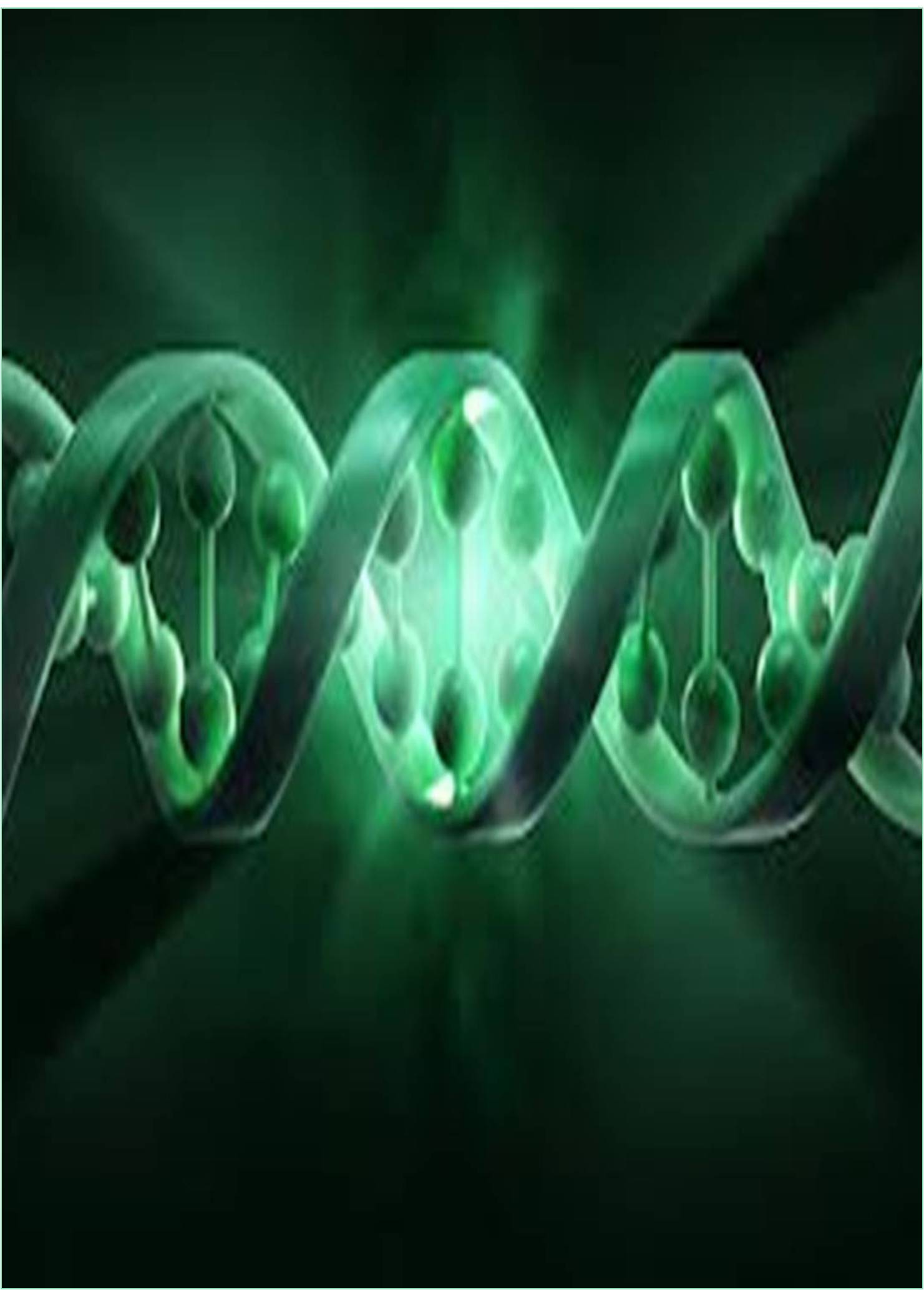



Received: 31-Jan-2022, Manuscript No. GJMEG-22-64833; Editor assigned: 04-Feb-2022, Pre QC No. GJMEG-22-64833(PQ); Reviewed: 18-Feb-2022, QC No. GJMEG-22-64833; Revised: 26-Feb-2022, Manuscript No. GJMEG-22-64833(R); Published: 03-Mar-2022, DOI: 10.15651/GJMEG.22.08.001
Molecular evolution deals with the underlying mechanisms of evolution at the molecular level. This chapter begins by explaining the origin of organic matter on our planet. Next, we discuss the RNA world scenario of the emergence of beneficial macromolecules and the origin of life. As DNA plays an important role as a genetic material, comparing DNA sequences can trace the main evolutionary pathways. Describes the mechanism for producing new genes and new proteins. The use of molecular clocks to track evolution involves both ribosomal RNA sequences for deep relationships and mitochondrial DNA for recent branching. Modeling molecular evolution has become essential to many biological studies. The wide variety of approaches can be broadly divided into two categories.
• Population analysis.
• Comparative analysis.
The comparison method is further subdivided according to the source (codon, amino acid, non-coding DNA). This is partly due to the clear functional importance of proteins. The eukaryotic genome also contains large amounts of non-coding DNA and unknown fractions are involved in the regulation of protein expression.
In fact, many believe that the evolution of regulatory sequences promotes the evolution of phenotypes. Therefore, the section of this entry is dedicated to exploring the evolution of non-coding sequences between species. The existing methods are so diverse that this article is intended for a broad introduction. The entry also contains some brief prospects for future research within each category. The history of molecular evolution begins in the early 20th century with the search for homologous proteins in the 1950s using comparative biochemistry and “fingerprinting" methods such as immunoassays, gel electrophoresis and paper chromatography. The field of molecular evolution evolved in the 1960s and 1970s following the rise of molecular biology. With the advent of protein sequencing, molecular biologists build phylogenybased on sequence comparisons and use the differences between homologous sequences as a molecular clock to estimate time from the last universal common ancestor.In the late 1960s, the neutral theory of molecular evolution provided the theoretical basis for molecular clocks, but most evolutionary biologists strongly emphasized general selection, with natural selection being the only important thing.
Both the clock and the neutral theory were controversial because of their support. It was the cause of evolutionary change. Since the 1970s, nucleic acid sequencing has shifted molecular evolution beyond proteins to highly conserved ribosomal RNA sequences, laying the foundation for the reconceptualization of early life history.
Molecular Evolution Methods for Detecting Compensatory Evolution
Several methods have been proposed to analyze molecular evolution in order to find the characteristics of compensatory evolution. One approach is to infer the conditionally detrimental mutations of a particular species. Certain harmful mutations may not exhibit phenotypic defects in other species with different genetic backgrounds. These mutations may be compensated for by other mutations.
Both drift and selection are important for nucleotide substitutions in evolution. A nearly neutral theory was developed to clarify the meaning of these processes. This article presents a near-neutral theory, especially in relation to the nature of weak choices. The mean selection factor is negative and the variance depends on the diversity of the environment. Some facts related to the theory are checked. In addition to nucleotide substitutions, non-recombinant events such as duplications, deletions, and gene conversions leave an indelible mark on molecular evolution. Gene replication and transformation are sources of evolution for new gene functions. Evolving new features requires aggressive choice. However, many examples of the current gene family suggest that both drift and selection are involved intheir evolution. Synonymous codon usage in drosophila melanogaster: natural selection and translation accuracy.
Discordance with Morphological Evolution
There is sometimes a contradiction between molecular and morphological evolution, especially reflected in the systematic study of the molecules and morphology of bacteria and eukaryotic microorganisms. This incompatibility can be divided into two types:
Morphology, multiple lineages (eg, morphological convergence, mysterious species) and
Lineage, multiple morphologies (eg, phenotypic plasticity). Multiple life cycle stages. Neutral evolution theory may explain discrepancies in some cases.